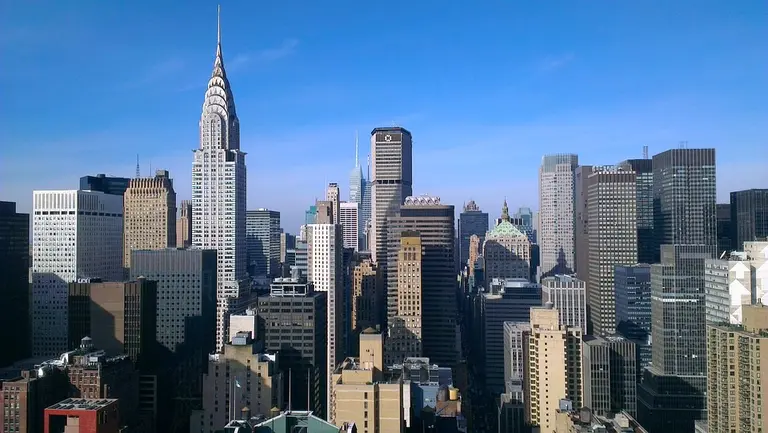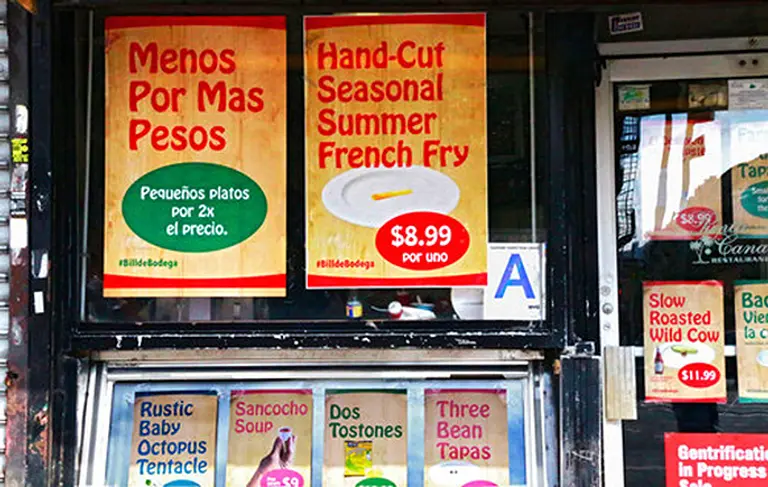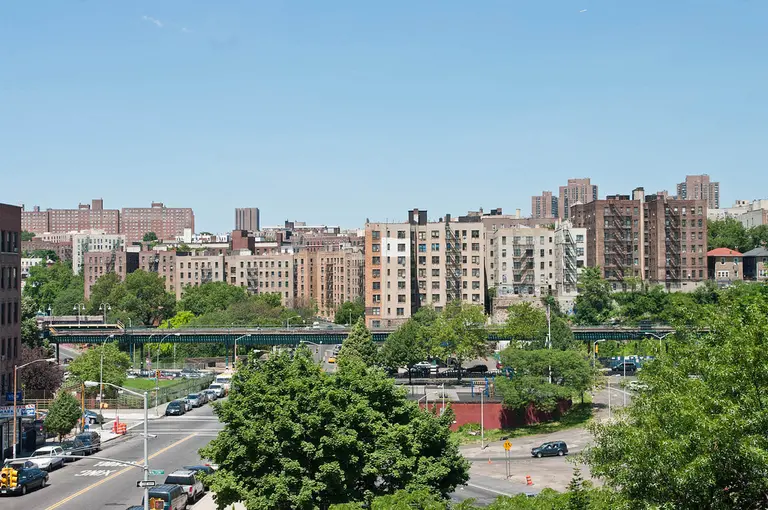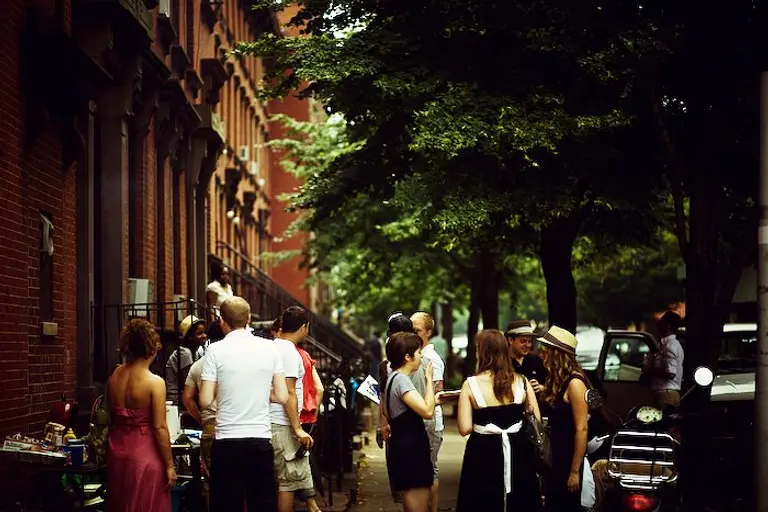
Photo via Creative Commons
NYC Council members propose ‘gentrification tax’ for new homebuyers
More here

Photo via Creative Commons

Background image via Andrew Malone/Flickr
Andra Mihali/Creative Commons Washington Heights is changing. New businesses are sprouting from Dominican roots that are catering to a diversified clientele—and introducing new objectives to entrepreneurs about surviving in New York City. The largely Dominican district has, for better or for worse, resisted gentrification for decades and relied on its traditions in foods, hair salons, […]
Even before it opened its doors, the new tavern on Franklin Avenue in Crown Heights was under attack. The name of the place, Crow Bar, was racist, complained many residents of the neighborhood, which was once predominantly black. The residents point out that Crown Heights was known as “Crow Hill” for much of the 19th century, and […]
Today is the 100th anniversary of the National Park Service; to mark the occasion Google has created five interactive tours. [Curbed] Bushwick residents designed a digital map to help residents stay abreast of changes to the neighborhood’s housing landscape (aka gentrification). [Bushwick Daily] The U.S. cities with the most Olympic medals. [CityLab] This photo series captures the nearly 150 […]
Since Greenpoint started to attract displaced Manhattanites in the early 1990s, the cost of renting in the neighborhood and nearby Williamsburg has shot up a staggering 78.7 percent. According to a 2015 study published by NYU’s Furman Center, Greenpoint/Williamsburg is the most rapidly gentrifying neighborhood in New York City. What many newcomers don’t realize is that […]
The championship for Freestyle Frisbee–a combination of gymnastics, dance, performance art and Frisbee–is coming to Brooklyn. [WSJ] A survey of Williamsburg’s Bedford Avenue as it approaches “peak post-gentrification.” [Curbed] Inside Brooklyn’s first Apple store (on Bedford Avenue). [Architizer] Summer Streets returns this weekend, and there will be a three-story waterslide at Foley Square. [Gothamist]
New York is home to about 500 feral cat colonies, many of which are under threat from gentrification and development. [NYT] The former president and CEO of Nathan’s Famous talks about selling hot dogs on Coney Island for 100 years. [Crain’s] A new report shows that 77 percent of L train riders would prefer a full […]
25 years after the original “Do the Right Thing” was released, Jimmy Kimmel has made his own hilarious and painfully accurate sequel, “Do the WHITE Thing.” [DNA Info] The sign that marked Andy Warhol‘s former home at 1342 Lexington Avenue has been removed by its current owners. [NYDN] The iconic NYC diner will likely go extinct as […]

Image via Bill de Bodega

Image: View Grand Concourse via photopin (license)

Photo by brandon king cc
Should we take note? Ugly architecture proves resilient against gentrification—at least in Amsterdam. [Failed Architecture] What did Williamsburg look like in ’80s? A 1984 documentary called Living Los Sures gives us an incredible look at the trendy neighborhood’s Latino past. [Brooklyn Magazine] Permits have been filed for a 305-unit property at 30 Sixth Avenue, part of Forest City […]
Gentrification battles can be traced back to the 1850s when Midtown West’s many piggeries were set to be replaced with apartments. [NYP] Vote for building of the year in 14 categories featuring thousands of projects from all corners of the globe. [ArchDaily] Tour a cozy Carroll Gardens apartment that was six years in the making. [Apartment […]